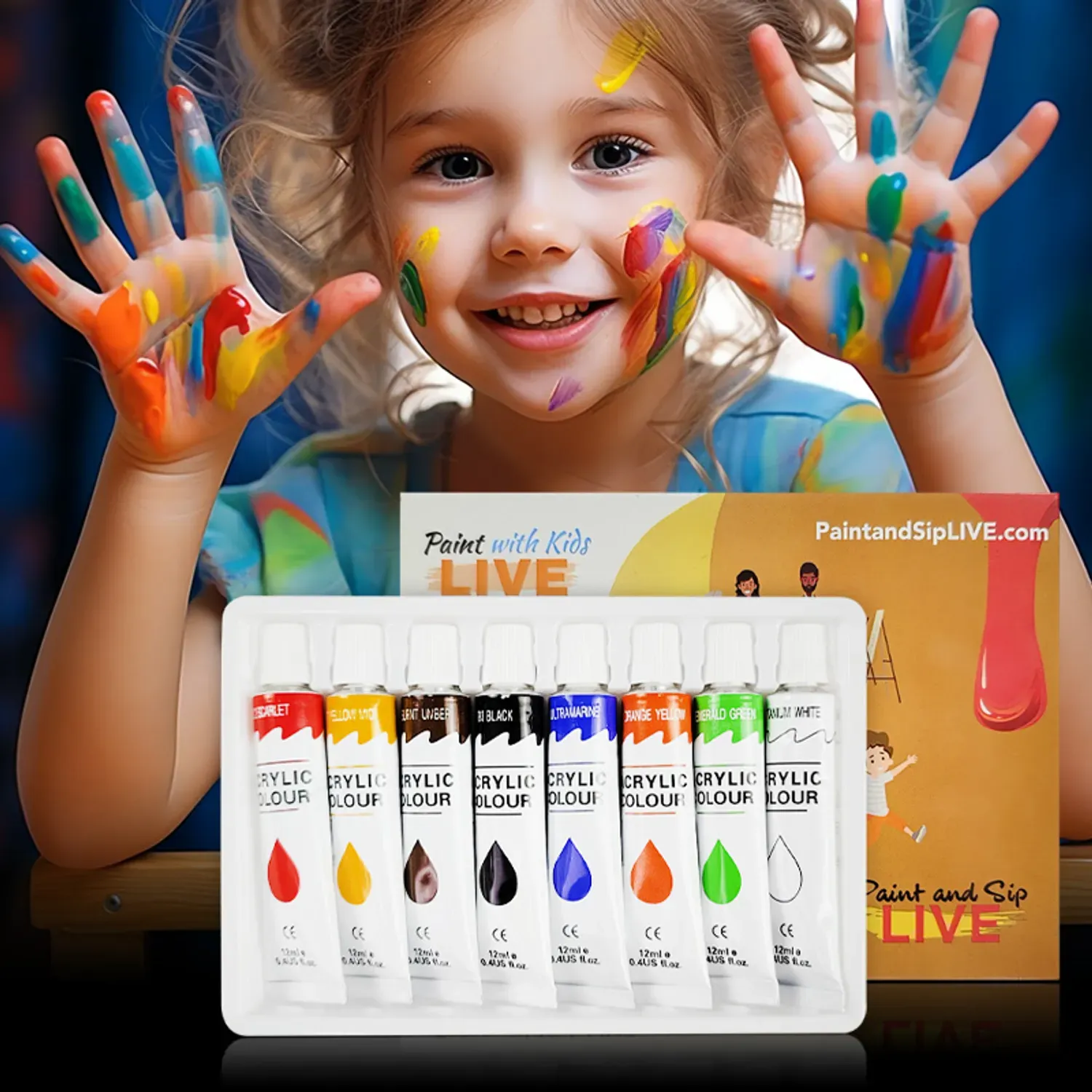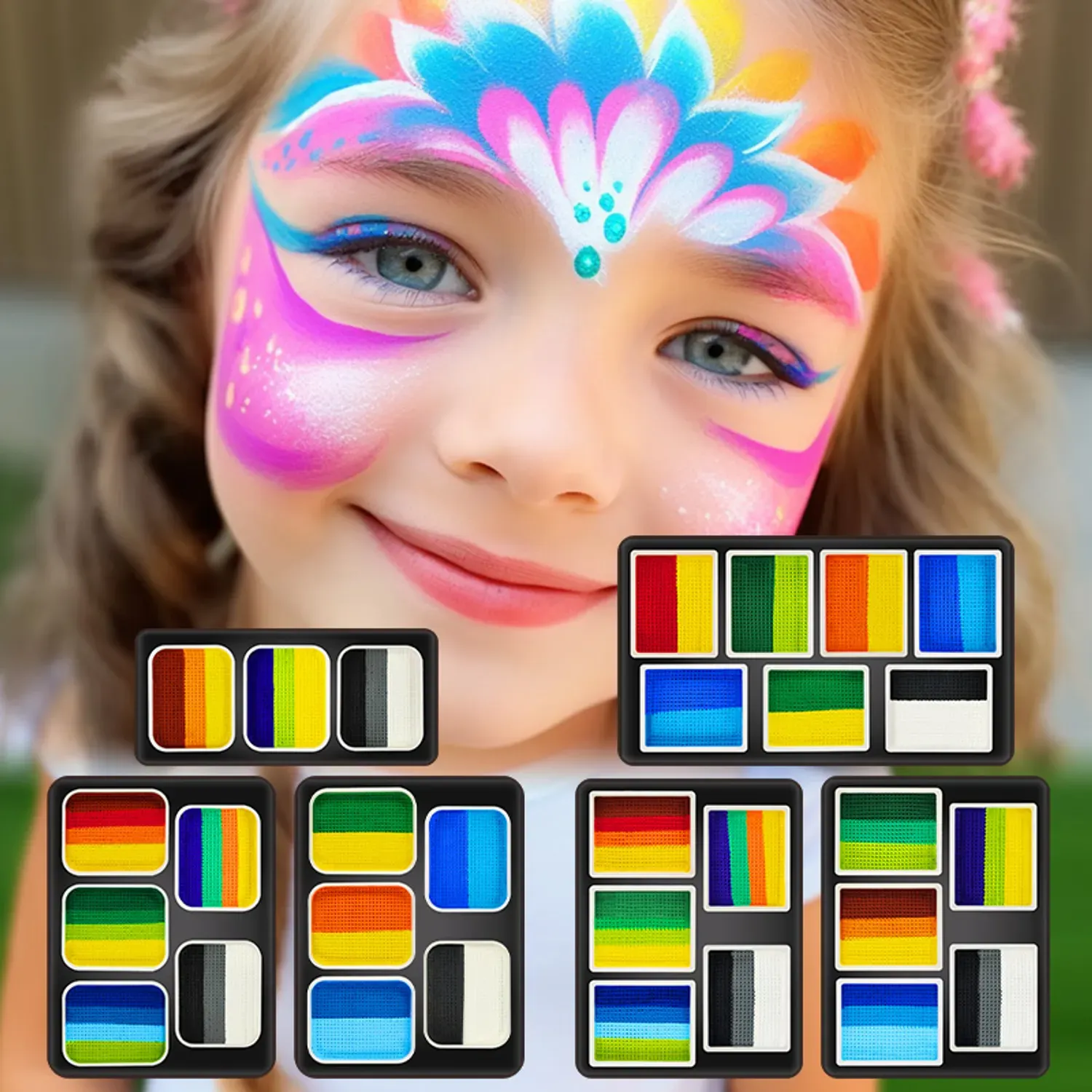betty@kaihong888.com

Get A Quote
What's the Difference Between Oil and Water Based Paint?
When embarking on a DIY paint project, choosing the right type of paint is crucial for achieving the desired results. One of the most important decisions you'll make is whether to use oil-based or water-based paint. Both have their own unique properties, advantages, and disadvantages. In this article, we'll delve into the differences between oil-based and water-based paints, helping you decide which is best for your next DIY paint project.
Understanding Paint Basics
What is Oil-Based Paint?
Oil-based paint, also known as solvent-based or alkyd paint, is made with natural oils like linseed oil or synthetic oils such as alkyd. This type of paint has been around for centuries and is known for its durability and rich finish.
What is Water-Based Paint?
Water-based paint, commonly referred to as latex paint, uses water as its primary solvent. It has become increasingly popular due to its lower environmental impact and ease of use. Latex paint comes in a variety of finishes, from flat to glossy, and is suitable for a wide range of DIY projects.
Key Differences Between Oil and Water Based Paint
Drying Time
One of the most noticeable differences between oil and water based paint is the drying time. Oil-based paints take significantly longer to dry. They can take anywhere from 6 to 8 hours to become touch dry and up to 24 hours to fully cure. In contrast, water-based paints dry much faster, often becoming touch dry within an hour and fully curing in a matter of hours.
Durability and Finish
Oil-based paints are renowned for their durability and smooth, glossy finish. They are ideal for high-traffic areas and surfaces that require frequent cleaning, such as trim, doors, and cabinetry. The hard finish of oil-based paint makes it resistant to wear and tear, but it can yellow over time, especially in areas with little natural light.
Water-based paints, while not as inherently durable as oil-based paints, have improved significantly over the years. Modern water-based paints offer excellent durability and a wide range of finishes. They are less prone to yellowing and can maintain their color longer. However, they may not be as tough as oil-based paints on high-impact surfaces.
Environmental Impact and Health Considerations
Water-based paints are generally considered more environmentally friendly and healthier to use. They emit fewer volatile organic compounds (VOCs), which are harmful to both the environment and human health. This makes water-based paints a better choice for indoor projects, especially in areas with poor ventilation.
Oil-based paints, on the other hand, release higher levels of VOCs, which can contribute to air pollution and cause health issues such as headaches, dizziness, and respiratory problems. Proper ventilation and protective gear are essential when using oil-based paints.
Ease of Application and Cleanup
For DIY enthusiasts, the ease of application and cleanup is a significant factor. Water-based paints are easier to work with, as they have a smoother application process and fewer brush strokes. They also dry quickly, allowing for faster project completion.
Cleanup is a breeze with water-based paints, requiring only soap and water. In contrast, oil-based paints necessitate the use of harsh solvents like turpentine or mineral spirits for cleanup, which can be messy and pose additional health risks.
Versatility
Water-based paints are incredibly versatile and can be used on a wide range of surfaces, including wood, metal, and masonry. They are also compatible with many modern painting tools, such as sprayers and foam rollers, making them a popular choice for various DIY projects.
Oil-based paints, while less versatile, are still the go-to for specific applications where a hard, durable finish is paramount. They are particularly favored for painting exterior surfaces and furniture that need to withstand significant wear and tear.
When to Use Oil-Based Paint
High-Traffic Areas
If you're painting a high-traffic area like a hallway, kitchen, or bathroom, oil-based paint is an excellent choice. Its durability and resistance to chipping and staining make it ideal for surfaces that will be cleaned frequently.
Furniture and Cabinetry
For furniture and cabinetry, oil-based paint provides a hard, glossy finish that can stand up to daily use. It’s perfect for pieces that require a smooth, professional-looking finish.
Exterior Surfaces
Oil-based paint is also a good option for exterior surfaces exposed to the elements. Its tough finish can withstand harsh weather conditions, making it suitable for doors, trim, and outdoor furniture.
When to Use Water-Based Paint
Interior Walls and Ceilings
Water-based paint is ideal for interior walls and ceilings. Its low odor and quick drying time make it a convenient option for indoor projects. Plus, it’s easy to clean up any spills or mistakes with just soap and water.
Environmentally Conscious Projects
If you're looking to minimize your environmental impact, water-based paint is the way to go. Its low VOC content and easy cleanup make it a greener choice for your DIY paint projects.
Versatile Applications
For projects that require a variety of finishes and colors, water-based paint offers unmatched versatility. Whether you're painting woodwork, metal, or masonry, water-based paint can handle the job with ease.
Tips for Choosing the Right Paint for Your DIY Project
Consider the Surface
The surface you're painting plays a significant role in determining the best type of paint. For instance, water-based paint works well on drywall and masonry, while oil-based paint is better suited for wood and metal.
Think About the Finish
The desired finish is another crucial factor. If you want a glossy, smooth finish, oil-based paint is the better choice. For a matte or satin finish, water-based paint is typically more appropriate.
Factor in Drying Time
Consider how quickly you need to complete your project. If you're on a tight timeline, the fast-drying nature of water-based paint will be beneficial. Conversely, if you can afford to wait, oil-based paint’s longer drying time can result in a more durable finish.
Environmental and Health Concerns
If environmental impact and health are top priorities, water-based paint’s low VOC content makes it the safer and more eco-friendly option.
Conclusion
Choosing between oil-based and water-based paint ultimately depends on your specific DIY paint project needs. Understanding the differences between these two types of paint—such as drying time, durability, environmental impact, ease of application, and cleanup—can help you make an informed decision.
For all your painting needs, consider KHY. At KHY, we offer DIY paint wholesale and bulk professional paint products, ensuring you have access to the highest quality paints for any project. Trust KHY to provide the perfect paint solutions that will make your DIY endeavors a resounding success.

